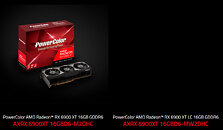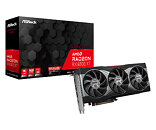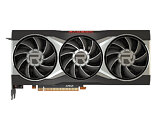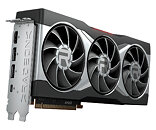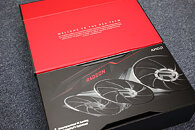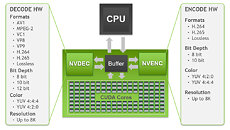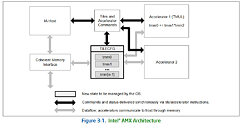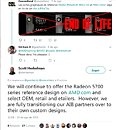
Baldur's Gate 3 Up and Running on Snapdragon X Elite Reference Platform
Qualcomm claimed that most Windows games will run (via emulation) on its upcoming series of ARM-based Snapdragon X Elite processors—during a "Windows on Snapdragon, a Platform Ready for your PC Games" presentation at the recently concluded GDC 2024 event. Issam Khalil (principal engineer) did not mention specific titles, but divulged that the Snapdragon Studios division has spent time working through "top games" on Steam. Qualcomm laptop-oriented Adreno GPU design is being hyped up as demonstrating an "80% performance uplift versus AMD's Radeon 780M iGPU," but the overall Snapdragon X Elite package is often compared to Apple's M3 chipsets (also ARM-based).
Reference laptops—running early Snapdragon X Elite silicon—have been distributed to favored partners. A semi-public showcase—recorded by Devin Arthur—revealed some promising gaming performance credentials on one of these devices. The self-proclaimed "Snapdragon Insider" was invited to the company's San Diego, California headquarters—Arthur happily reported that a red "23 W Snapdragon X Elite model" was demoing: "Baldur's Gate 3 running at 1080p hovering around 30 FPS, which is perfectly playable!" Specific visual settings were not listed in Arthur's substack article, or showcased during his brief video recording—but Qualcomm's claims about the Adreno GPU beating Team Red's best iGPU could be valid. Windows Central reckons that Control and Redout 2 have been demoed on Snapdragon X Elite devices.
Reference laptops—running early Snapdragon X Elite silicon—have been distributed to favored partners. A semi-public showcase—recorded by Devin Arthur—revealed some promising gaming performance credentials on one of these devices. The self-proclaimed "Snapdragon Insider" was invited to the company's San Diego, California headquarters—Arthur happily reported that a red "23 W Snapdragon X Elite model" was demoing: "Baldur's Gate 3 running at 1080p hovering around 30 FPS, which is perfectly playable!" Specific visual settings were not listed in Arthur's substack article, or showcased during his brief video recording—but Qualcomm's claims about the Adreno GPU beating Team Red's best iGPU could be valid. Windows Central reckons that Control and Redout 2 have been demoed on Snapdragon X Elite devices.

















































